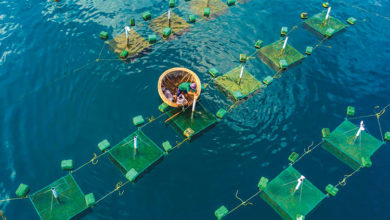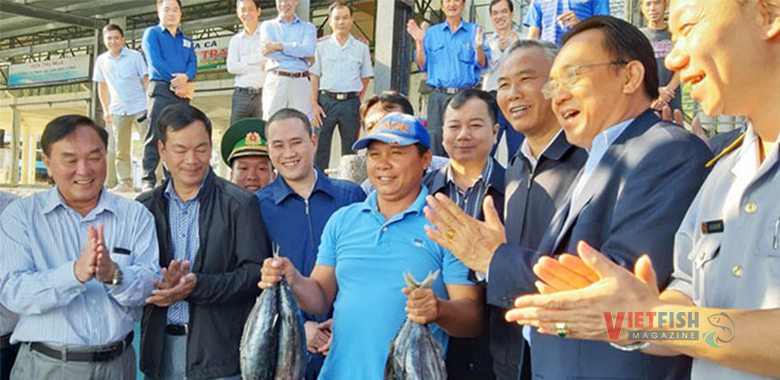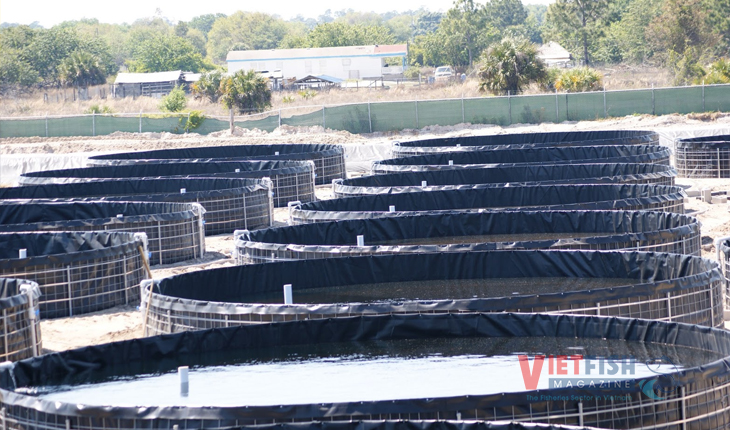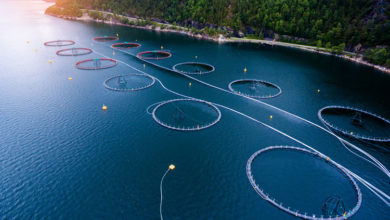Ca Mau Businesses and farmers unite to revolutionize the shrimp industry
This was the key message from Pham Thanh Ngai, Deputy Secretary of the Provincial Party Committee and Chairman of the Ca Mau People’s Committee, at an online conference held this morning (March 22) to discuss strategies for advancing shrimp production.
The conference was co-chaired by Vice Chairman of the Provincial People’s Committee Le Van Su and Chau Cong Bang, Acting Director of the Department of Agriculture and Environment. Over 280 delegates participated, including representatives from banks, non-governmental organizations, investors, seafood businesses, cooperatives, and shrimp farmers across the province.

Speaking on Ca Mau’s strengths in the seafood sector, Vice Chairman Le Van Su emphasized that the province has significant potential for shrimp farming, with approximately 280,000 hectares of shrimp farms. The industry operates under five main farming models: industrial shrimp farming (semi-intensive, intensive, and super-intensive), improved extensive farming, shrimp-rice farming, shrimp-forest farming, and integrated extensive farming. By the end of 2024, the province expects shrimp production to reach 242,000 tons, with export revenue totaling USD 1.12 billion.
However, shrimp farming in the province still faces various challenges. Development planning remains inconsistent, and farming infrastructure has yet to meet industry needs. Supply chains for inputs, including feed and equipment, lack stability, with fluctuating prices and quality concerns. Environmental degradation, pollution, and disease outbreaks further complicate production. Investment policies also present obstacles, while limited access to capital and credit hampers both farmers and businesses. The slow development of value chain linkages and high logistics costs further weaken competitiveness, making production less efficient and sustainable.
During the conference, several seafood enterprises from within and outside the province shared innovative solutions, including the application of advanced farming techniques and the promotion of cooperative models tailored to specific farming regions. These efforts aim to enhance productivity and quality, particularly in improved extensive and super-intensive shrimp farming. Notably, companies emphasized the importance of biosecure, disease-free, and environmentally sustainable shrimp farming to boost international competitiveness.
Le Van Quang, Chairman of Minh Phu Group, introduced the company’s plan to expand its shrimp value chain. Minh Phu will select shrimp farmers who wish to participate in its supply chain and support them in adopting MPBiO biotechnology, which follows a preventive healthcare approach and ensures farming within sustainable carrying capacities. The company will also encourage small-scale shrimp farmers to form cooperatives, providing them with training and technology to record farming activities digitally via smartphones. This data will be integrated into a centralized system for monitoring and traceability from pond to export. Under a mutually beneficial agreement, Minh Phu will guarantee shrimp purchases from cooperatives at prices 5% higher than the company’s daily procurement rates.
Addressing the conference, Chairman Pham Thanh Ngai raised critical concerns: Despite Ca Mau’s reputation as Vietnam’s “shrimp capital,” production growth has remained stagnant in recent years, with export turnover fluctuating between USD 1.1 billion and USD 1.2 billion. He questioned the obstacles hindering collaboration between businesses and shrimp farmers and why scientific and technological advancements have yet to gain widespread adoption in the industry. Solving these issues, he stressed, requires joint efforts from all sectors, especially seafood enterprises, to work alongside local farmers in enhancing shrimp value and production efficiency.
To this end, the Chairman urged provincial authorities and industry leaders to raise awareness among shrimp farmers about modern production practices and encourage participation in cooperative economic models to ensure a stable supply chain. He also called for strict adherence to technical farming protocols to maintain shrimp quality and safety. Furthermore, he emphasized the need to improve infrastructure, reorganize production, and strengthen market linkages. Addressing these challenges will help resolve bottlenecks in cooperation between businesses, cooperatives, and farmers, ensuring fair benefits for all parties. Ultimately, these efforts will enhance Ca Mau’s shrimp industry and contribute to the province’s goal of achieving over 8% economic growth by 2025.
VFM






